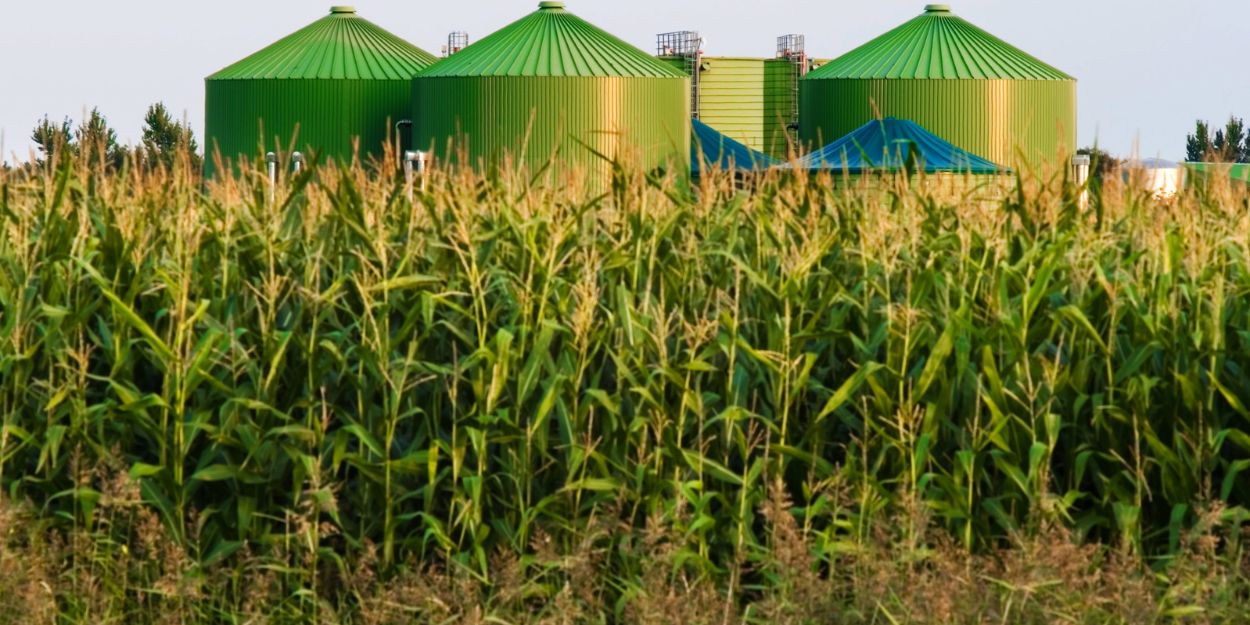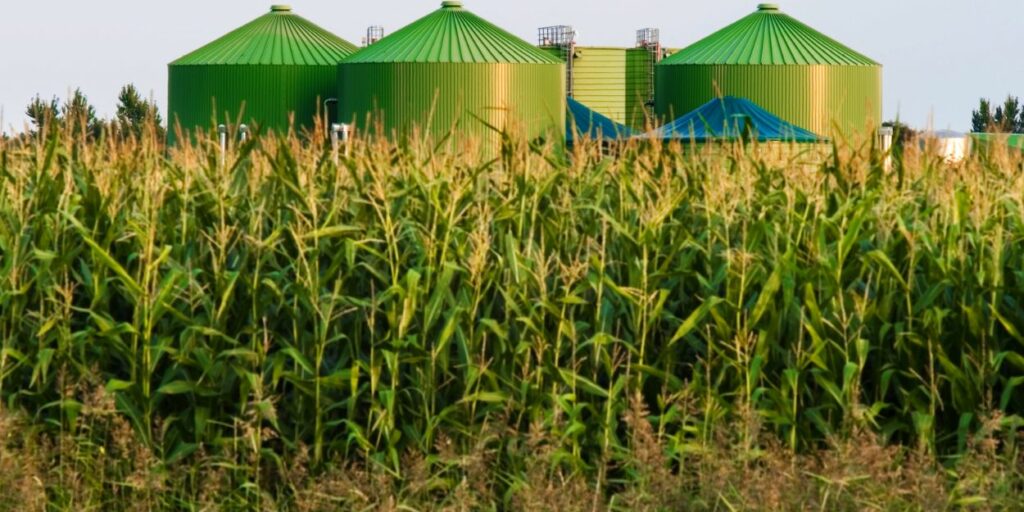The quest for sustainable and renewable energy sources has surged in recent years, propelling biogas into the spotlight as a promising solution to the challenges posed by traditional fossil fuels. Composed mainly of methane and carbon dioxide, biogas is derived from the anaerobic digestion of organic waste, making it an environmentally friendly fuel with diverse applications in electricity generation, heating, and transportation. However, to unlock its full potential, the implementation of proper mixing techniques is crucial. This article delves into the significance of mixing in biogas production, elucidates its benefits, and provides insights into effective mixing strategies.

Why Mixing Matters:
Mixing plays a pivotal role in the anaerobic digestion process, where microorganisms break down organic waste in the absence of oxygen. Effective mixing fosters substrate homogeneity, ensuring equitable nutrient access for microorganisms and facilitating the breakdown of complex organic matter. Below are key reasons why mixing holds paramount importance in biogas production:
Enhanced Degradation: Mixing facilitates optimal contact between microorganisms and organic waste, resulting in improved biogas yields and shorter retention times. This bolsters the overall efficiency of the anaerobic digestion process.
Prevention of Scum and Stratification: In large-scale biogas plants, improper mixing can lead to the formation of scum and stratification. Scum, consisting of floating solids and fats, obstructs the digestion process and causes system blockages. Mixing prevents scum formation by ensuring organic matter remains in suspension and nutrients are evenly distributed.
Temperature Control: Proper mixing ensures uniform heat distribution within the digester, thereby maintaining the requisite temperature for optimal microbial activity. By averting temperature fluctuations and hotspots, mixing guarantees stable and reliable biogas production.
Reduction of Dead Zones: Dead zones, characterized by minimal or no mixing, impede biogas production as they harbor non-active zones. Effective mixing eliminates dead zones, maximizing the utilization of the entire digester volume for biogas generation.
Effective Mixing Strategies:
To achieve efficient mixing in biogas production, a range of strategies and equipment can be employed. The following are commonly utilized mixing techniques:
Mechanical Mixing: Mechanical mixing involves the use of agitators, mixers, or pumps to circulate the digester contents. These devices create turbulence and promote substrate movement, enhancing microbial activity and optimizing gas production. Mechanical mixing is prevalent in large-scale biogas plants.
Hydraulic Mixing: In smaller-scale digesters or budget-friendly setups, hydraulic mixing proves to be a viable option. It entails recirculating the digester contents using gravity or pumps, enabling mixing without the need for mechanical agitation. This approach is cost-effective and relatively straightforward to implement.
Gas Recirculation: Gas recirculation entails collecting a portion of the produced biogas and reintroducing it into the digester. The rising gas bubbles through the substrate promote mixing, improving contact between microorganisms and organic matter.
Digester Design: Proper digester design can significantly contribute to effective mixing. Incorporating features such as baffles, inclined walls, or multiple inlet-outlet points creates natural circulation patterns, enhancing mixing efficiency.
Conclusion: Efficient mixing techniques play a pivotal role in the success of biogas production. By promoting optimal degradation, preventing scum formation and stratification, controlling temperature, and eliminating dead zones within the digester, proper mixing allows biogas producers to optimize their operations and maximize gas yields. Implementation of mechanical or hydraulic mixing strategies, gas recirculation, and appropriate digester design ensures a sustainable and productive biogas production process.





